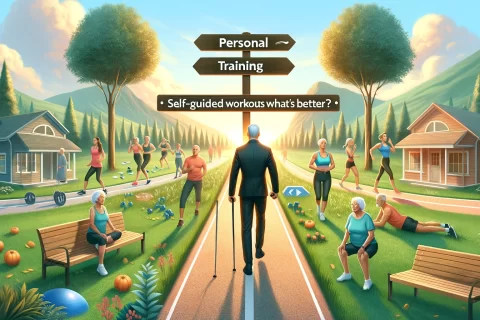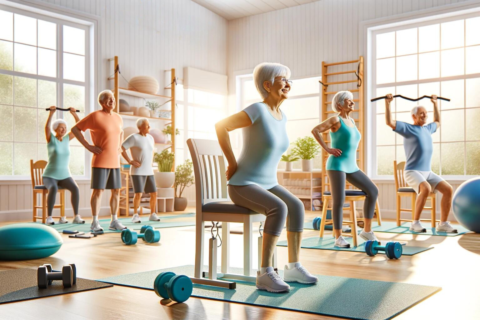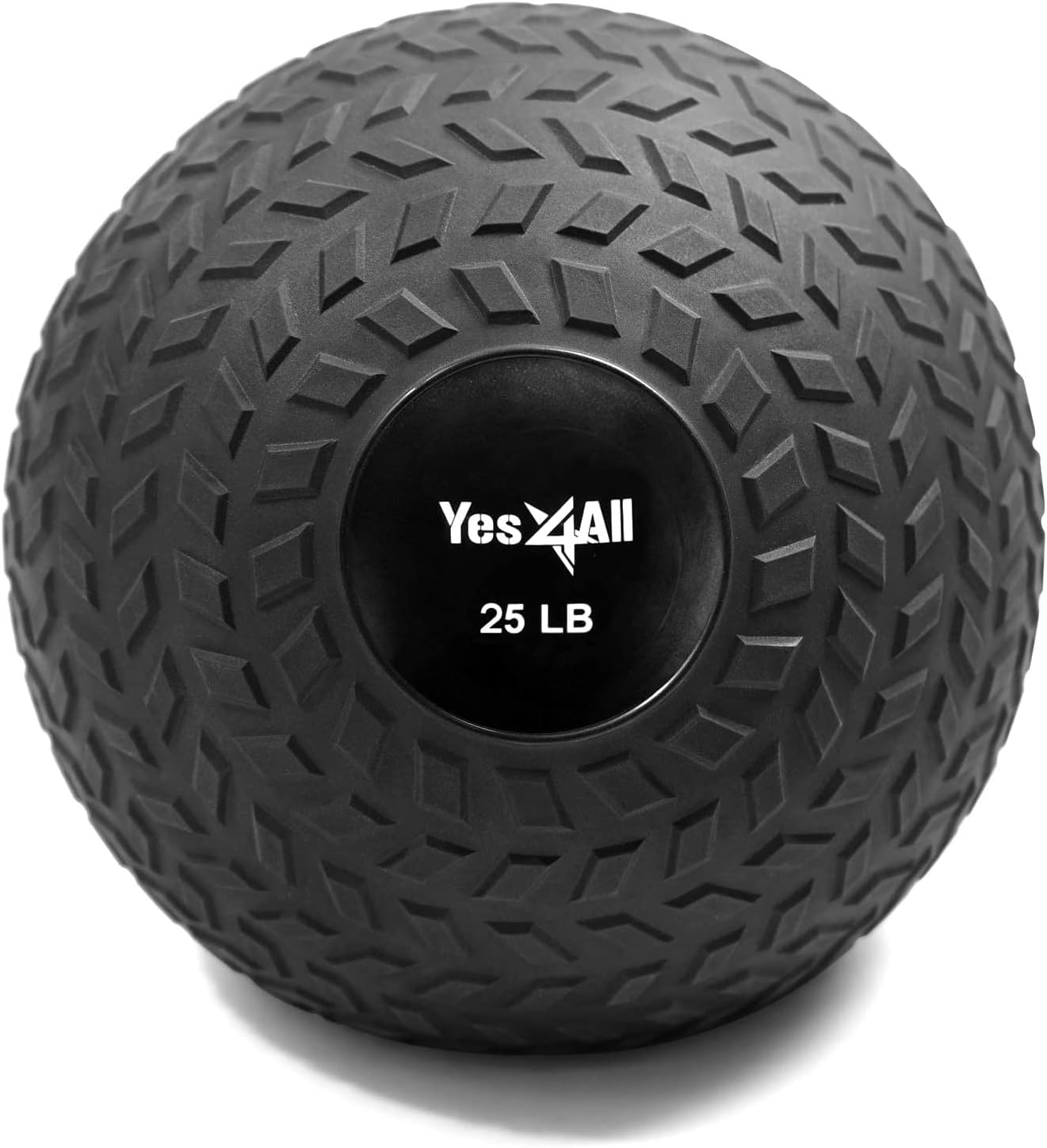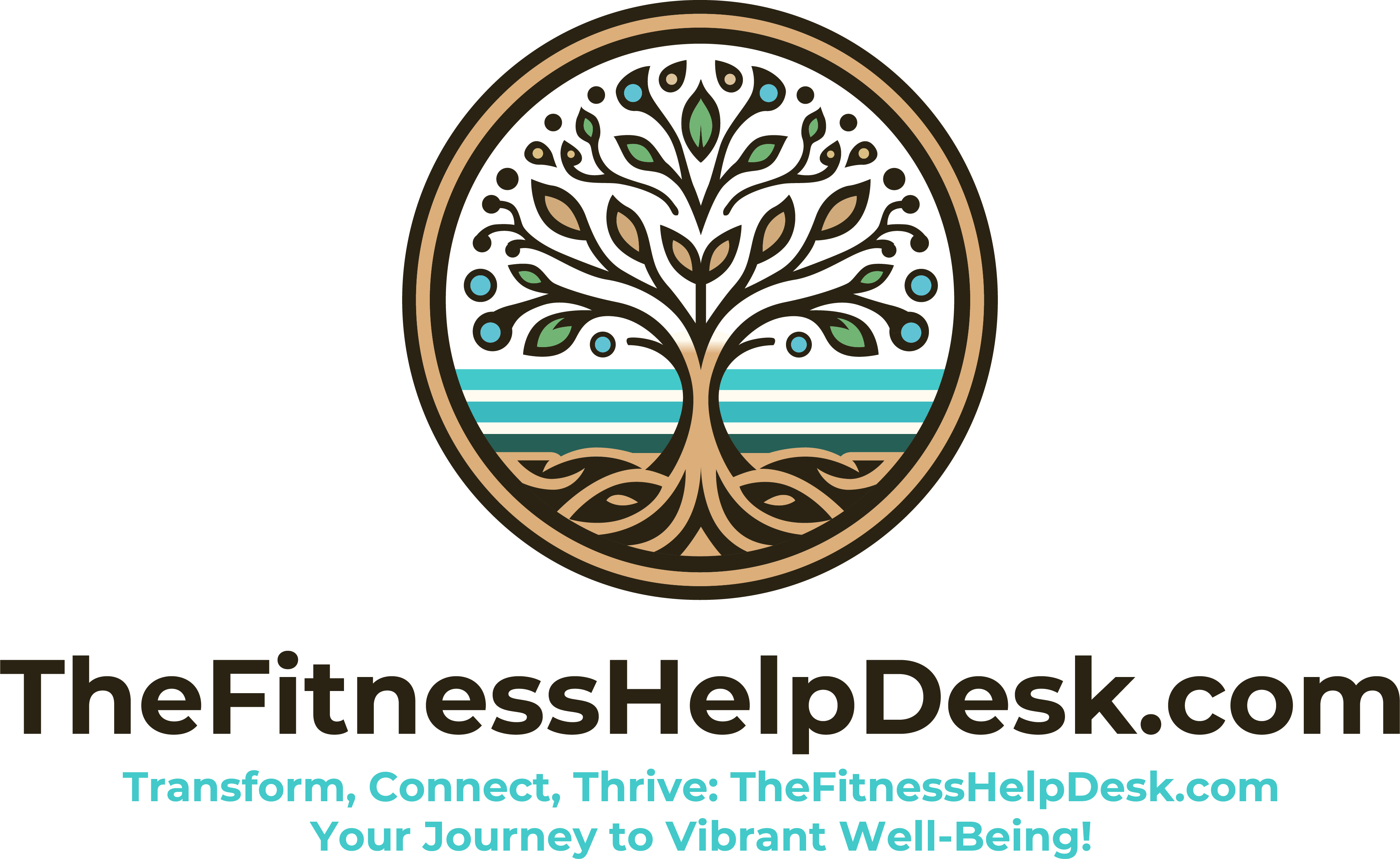Introduction
Welcome to TheFitnessHelpDesk.com! Today, we delve deep into the transformative world of strength training specifically tailored for women over 60. Embracing strength training at this stage of life isn’t just about maintaining fitness; it’s about enhancing quality of life, improving health, and gaining independence. This detailed guide aims to inform and motivate you to integrate resistance training into your lifestyle, highlighting the immense benefits it brings along.
1. Why Focus on Strength Training for Women Over 60?
As women enter their sixties, they face unique physiological challenges that can impact their physical health and overall quality of life. Strength training, also known as resistance training, offers several critical benefits to address these challenges:
A. Building Muscle Mass
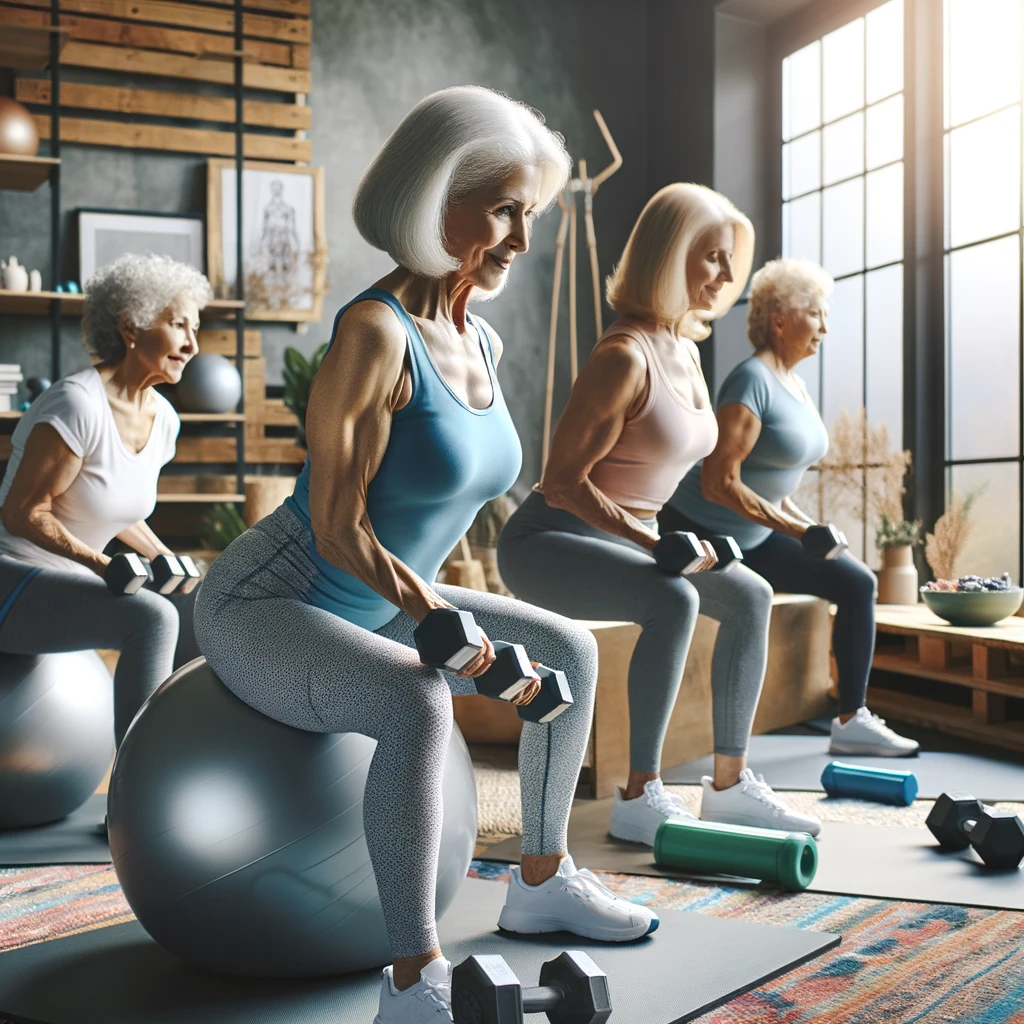
- Overview: With age, women experience a natural decline in muscle mass and strength due to sarcopenia, which is accelerated by hormonal changes during menopause.
- Benefits: Strength training reverses muscle loss by promoting muscle protein synthesis. This is crucial for maintaining functional abilities and metabolic health, as muscle tissue plays a key role in energy balance and glucose regulation.
- Impact: Regular resistance training enhances muscle strength and endurance, making daily activities easier and enhancing quality of life.
B. Enhancing Bone Density

- Overview: Aging leads to decreased bone density, particularly exacerbated by the reduction in estrogen levels during menopause, heightening the risk of osteoporosis and fractures.
- Benefits: Strength training applies stress to bones, stimulating bone density improvements. This adaptive response strengthens bones, making them less prone to breakage.
- Impact: Engaging in strength training can significantly decrease the risk of osteoporosis, promoting a more active and independent lifestyle.
C. Improving Metabolic Health

- Overview: As metabolism slows with age, there is an increased risk of fat accumulation and metabolic syndromes such as type 2 diabetes.
- Benefits: By boosting muscle mass, strength training increases the basal metabolic rate (BMR), aiding in weight management and increased energy expenditure.
- Impact: Enhanced metabolic health helps regulate blood sugar and cholesterol, reducing the risk of chronic diseases and supporting overall wellness.
D. Promoting Independence
- Overview: Physical limitations can threaten independence in later years, making it a significant concern for many aging adults.
- Benefits: Strength training boosts muscle strength, balance, and coordination, all of which are key to reducing fall risks and maintaining mobility.
- Impact: Improved physical fitness allows older women to continue performing everyday activities independently, supporting a higher quality of life.
2. The Benefits of Strength Training
Understanding the specific benefits can greatly motivate persistence and dedication in adopting a new fitness regime. Here’s why strength training is crucial:

- Increased Muscle Strength and Mass: Strength training isn’t just about bulking up. For senior women, it’s about maintaining muscle tissue that is crucial for mobility and metabolism.
- Improved Bone Health: Activities that stress the bones, like weightlifting, encourage bone-forming cells to proliferate, which can help maintain a healthy bone structure.
- Enhanced Metabolic Rate: Muscle burns more calories than fat. By increasing muscle mass, older women can enjoy a higher resting metabolic rate, aiding in better weight management.
- Greater Functional Independence: The strength gained through these exercises significantly impacts your ability to perform day-to-day activities, from carrying groceries to climbing stairs and preventing falls.
3. Getting Started with Strength Training
For women over 60 who are new to strength training, here are steps to begin safely and effectively:

- Consultation with Health Professionals: Always start with a consultation from a healthcare provider, particularly if you have pre-existing conditions.
- Starting Slow: Begin with exercises that you are comfortable with and gradually increase the intensity as your body adapts.
- Routine Development: Create a balanced routine that includes exercises targeting all major muscle groups. This approach ensures comprehensive body strength and avoids overuse injuries.
4. Essential Strength Training Exercises
For women over 60, certain strength training exercises are particularly beneficial for building muscle, enhancing bone density, and improving balance. Here are some key exercises to include in your routine:
A.Squats and Chair Squats

- Overview: Squats strengthen the legs and core, which are crucial for mobility and balance.
- Execution: Start with bodyweight squats or chair squats to ensure safety and proper form. Progress to holding light weights as strength improves.
B. Push-Ups (Traditional or Against a Wall)
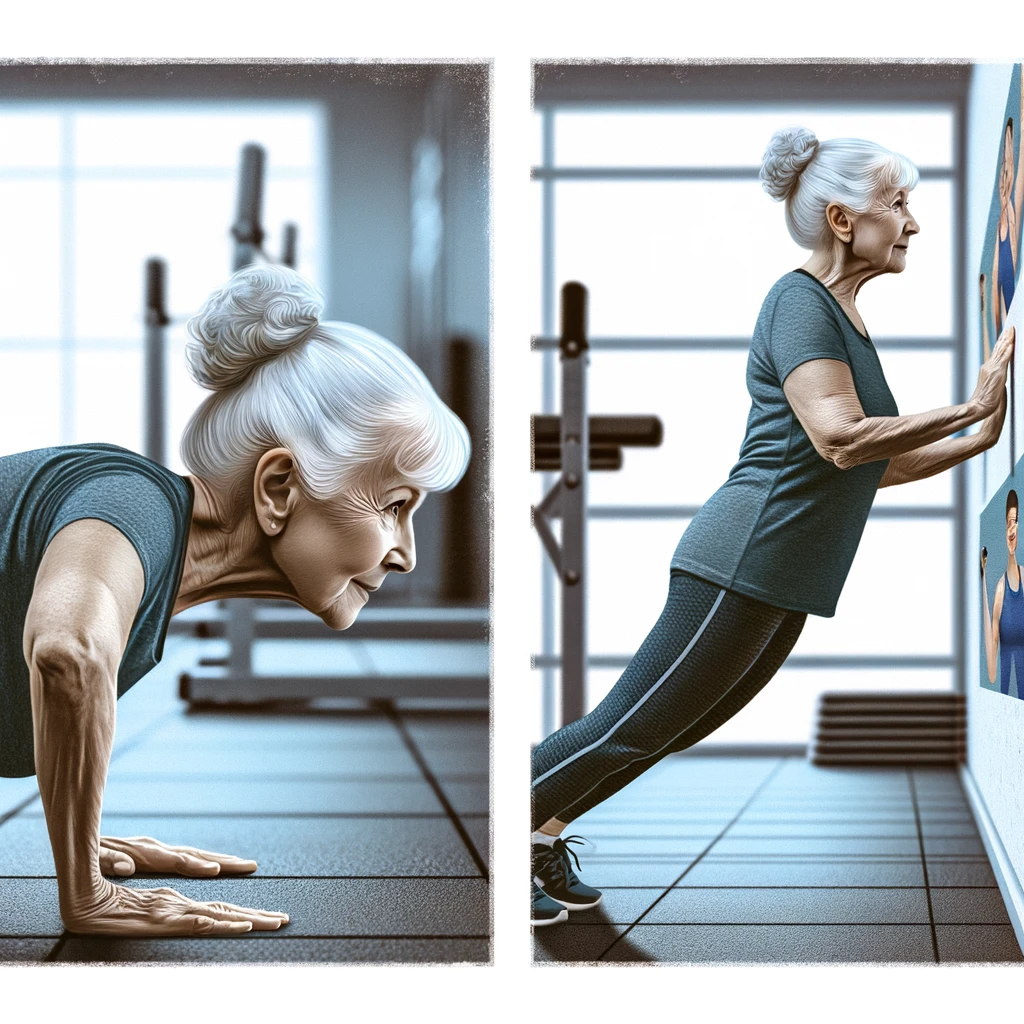
- Overview: Push-ups are excellent for upper body strength, targeting the chest, shoulders, and triceps.
- Execution: Begin with wall push-ups to reduce strain on the wrists and shoulders, gradually moving to more traditional forms as your strength increases.
C. Deadlifts

- Overview: Deadlifts are fundamental for improving posture and strengthening the back, buttocks, and legs.
- Execution: Start with a lightweight or a resistance band. Focus on proper form to avoid back strain, using a barbell or dumbells as you become more comfortable.
D. Seated or Standing Row
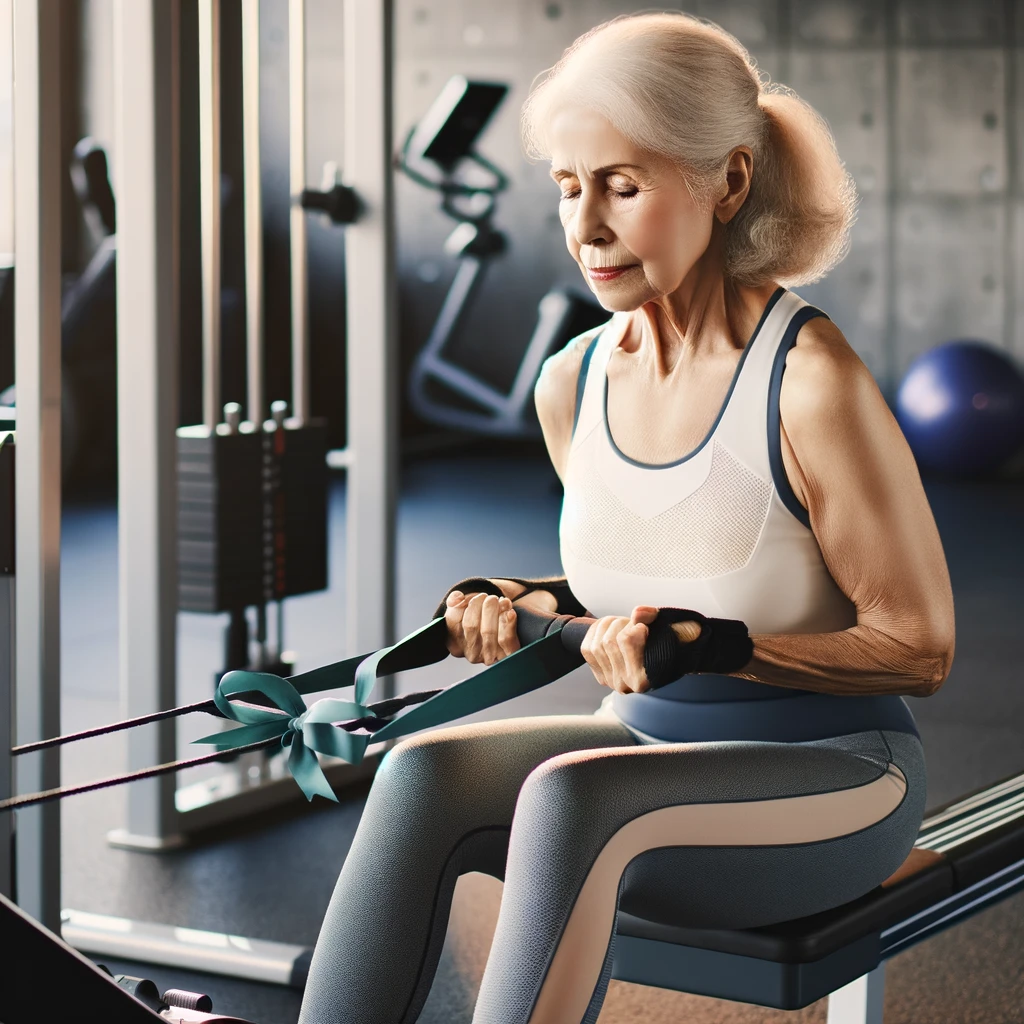
- Overview: This exercise targets the back and shoulders, important for pulling movements and overall upper body strength.
- Execution: Use a resistance band or a rowing machine to perform this exercise. Ensure you pull the band or handles towards your waist, keeping your back straight to engage your core.
Incorporating these exercises into a regular strength training program will help address the key areas of muscle loss and bone density reduction, contributing significantly to improved functional independence and overall health.
5. Safety Tips for Effective Training
Safety is paramount, especially for women over 60 engaging in strength training. Following these safety tips can help prevent injuries and ensure a more effective and enjoyable workout experience:
A. Warm-Up and Cool Down
- Importance: Properly warming up helps increase blood flow to the muscles and reduce the risk of injury. Cooling down helps the body transition back to a resting state.
- Method: Start with light aerobic activity like walking or gentle stretching for 5-10 minutes before and after your training session.
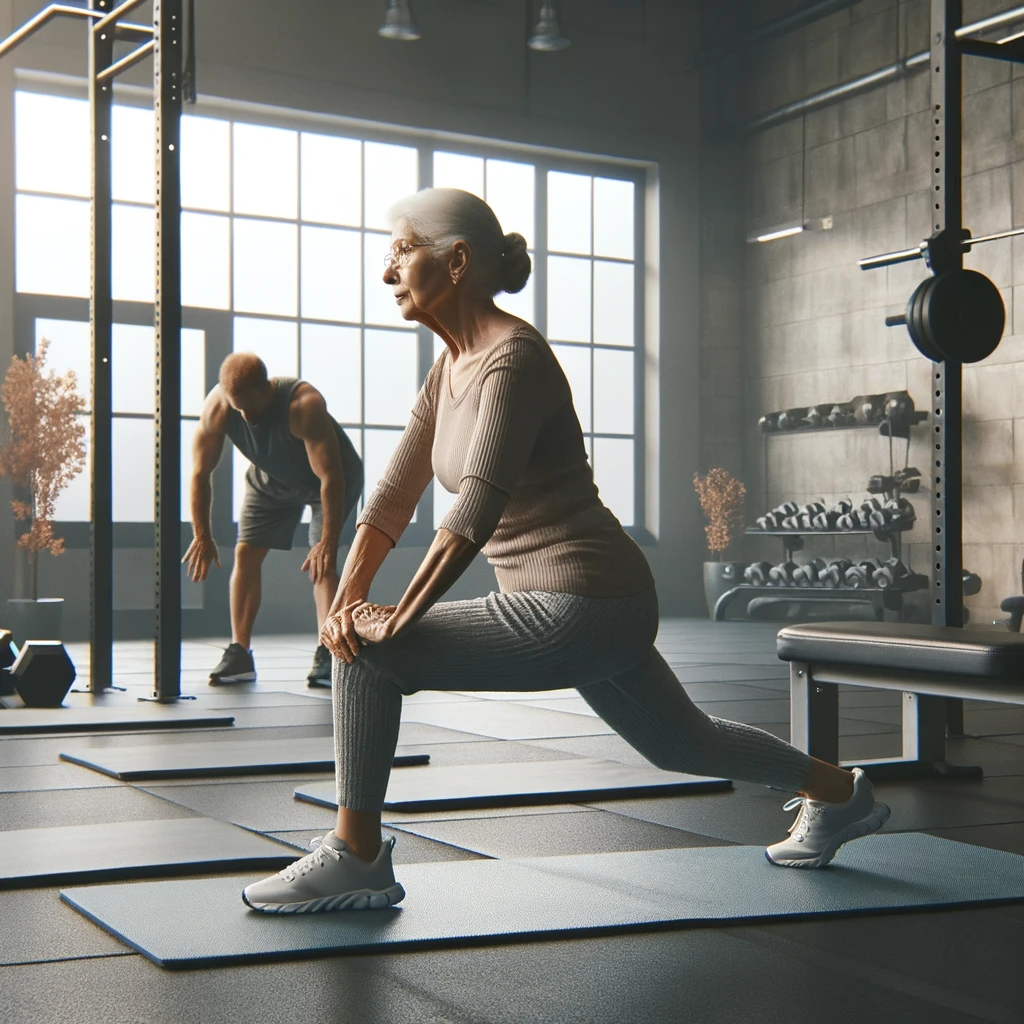
B. Use Proper Form
- Importance: Correct form is crucial to prevent injuries and maximize the effectiveness of each exercise.
- Method: Consider working with a fitness trainer initially to learn the correct techniques. Always ensure your movements are controlled and precise.

C. Listen to Your Body
- Importance: Understanding and responding to your body’s signals is key to avoiding overtraining and injuries.
- Method: If you feel pain or discomfort beyond typical muscle fatigue, adjust your exercise routine accordingly. Avoid pushing through pain, as this could lead to serious injury.
D. Adapt Exercises as Needed
- Importance: As bodies age, they may not handle stress the same way they used to, making it necessary to modify exercises.
- Method: Use modifications to accommodate for any physical limitations, such as using lighter weights or performing exercises while seated.
E. Stay Hydrated

- Importance: Proper hydration is essential for optimal physical performance and recovery.
- Method: Drink water before, during, and after workouts to keep your body well-hydrated.
6. Incorporating Nutrition in Your Strength Training Routine
Proper nutrition is essential to maximize the benefits of strength training, especially for women over 60. Here’s how to align your diet with your fitness goals:
A. Protein Intake

- Overview: Protein is crucial for muscle repair and growth. It’s vital for recovery after exercise and for maintaining muscle mass.
- Action: Aim to include a source of protein in each meal and snack. Good options include lean meats, fish, dairy, legumes, and plant-based proteins.
B. Calcium and Vitamin D

- Overview: These nutrients are key for bone health, which is critical when engaging in strength training to avoid the risk of fractures.
- Action: Ensure adequate intake of calcium through dairy products, fortified foods, and green leafy vegetables, and consider vitamin D supplementation to support calcium absorption and bone health.
C. Hydration

- Overview: Staying hydrated is vital for overall health and helps maintain performance levels during workouts.
- Action: Drink water throughout the day, not just during and after workouts, to ensure proper hydration.
D. Balanced Diet

- Overview: A well-rounded diet supports overall health and energy needs.
- Action: Incorporate a variety of foods to get a wide range of nutrients. This includes fruits, vegetables, whole grains, and healthy fats, ensuring you have the energy for your training sessions and recovery.
7. Motivation and Consistency
Keeping motivated is key

- Set Realistic Goals: Define achievable goals that motivate you without causing discouragement.
- Track Progress: Keep a log of your workouts and progress. Seeing improvements, no matter how small, can boost morale and motivation.
- Find a Community: Join groups or classes where you can share experiences and support each other.
8. Success Stories
Hearing from others who have successfully incorporated strength training can inspire:

- Success Stories: We feature several women over 60 who have seen remarkable benefits from incorporating strength training into their lives. These stories highlight personal achievements and the transformative power of persistence.
Conclusion
Strength training for women over 60 is more than just an exercise form; it’s a lifestyle change that offers numerous health benefits. At TheFitnessHelpDesk.com, we are committed to helping you achieve your fitness goals and live a fuller, more active life.
Embarking on a strength training journey after 60 is not just about enhancing physical fitness—it’s about transforming your life. With the essential exercises, nutritional guidelines, and safety tips outlined, you’re now equipped to take control of your health and independence. At TheFitnessHelpDesk.com, we’re dedicated to providing you with the resources, guidance, and motivation you need to achieve your fitness goals at any age.
We invite you to visit TheFitnessHelpDesk.com for more insightful tips, personal stories, and expert advice that will inspire and support you on this rewarding journey. Together, let’s embrace the golden years with strength, confidence, and vitality. Start your fitness journey today and experience the transformation for yourself!
About Steve Allison
Steve Allison is a seasoned personal trainer and nutrition specialist, focusing on senior fitness and health. With certifications from the National Academy of Sports Medicine (NASM), Steve’s expertise has empowered many to lead healthier lives through tailored exercise and nutrition plans.
Embark on your strength training journey today and discover the strength within you!










